When people hear the term mineral insulated cable, many immediately think of harsh environments like mining operations, where extreme durability is crucial. While it’s true that mineral insulated cables play an important role in mining, their purpose extends far beyond that. These cables are a remarkable innovation that serve critical functions across a wide range of industries—from power plants to skyscrapers, from oil rigs to public transport systems.
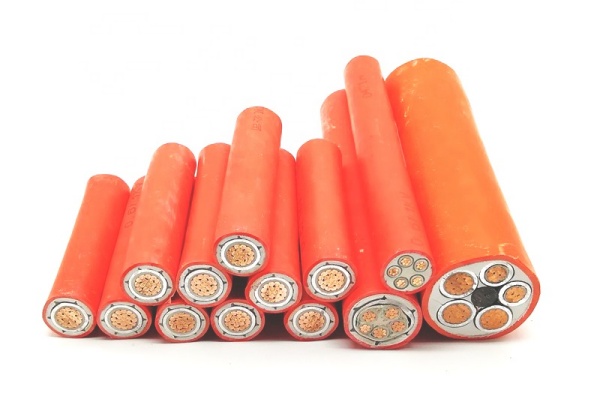
Understanding the purpose of mineral insulated cable begins with appreciating what sets it apart from ordinary cables. Designed for the most demanding conditions, mineral insulated cables offer unparalleled performance in terms of fire resistance, mechanical strength, and longevity. Let’s take a closer look at what mineral insulated cables really are, why they matter, and where they are used beyond the dusty tunnels of mines.
What is a Mineral Insulated Cable?
A mineral insulated cable (often abbreviated as MI cable) is a type of electric cable made with a metal sheath and insulated using inorganic mineral materials, typically magnesium oxide (MgO). Unlike standard cables, which use plastic or polymer insulation, MI cables rely on mineral compounds that are highly resistant to heat and chemical degradation.
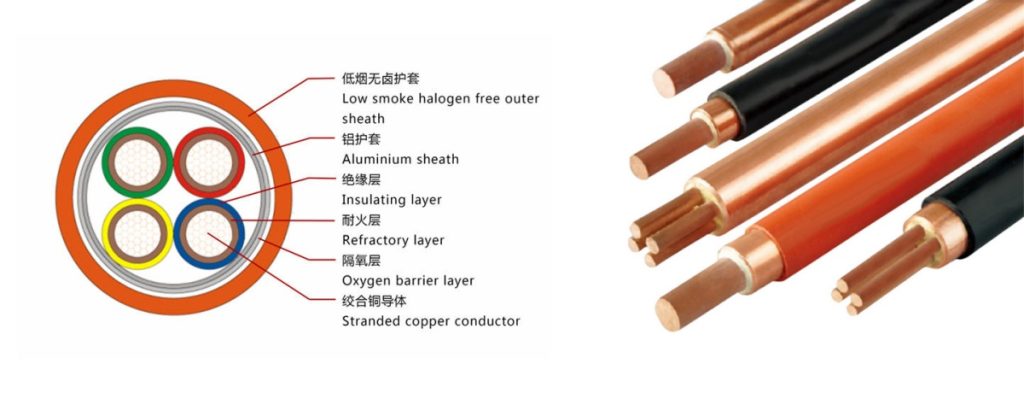
A typical construction of a mineral insulated cable includes:
Copper or stainless steel conductors at the core
High-purity magnesium oxide powder tightly packed around the conductors for insulation
A metal sheath, usually made of copper or stainless steel, to protect the internal components
This unique structure gives the mineral insulated cable properties that no conventional cable can match, making it indispensable for environments where safety, durability, and performance are non-negotiable.
Beyond Mining: Wide Applications of Mineral Insulated Cable
While it is true that mining operations benefit from the durability and fire-resistant nature of MI cables, limiting their use to mining would be a huge understatement. Let’s explore where mineral insulated cables shine beyond the mining industry:
Fire Protection Systems
One of the most critical uses of mineral insulated cable is in fire protection systems. In buildings, particularly high-rises, hospitals, airports, and tunnels, fire alarms, emergency lighting, and sprinkler systems depend on wiring that can continue operating during a fire.
Conventional cables often fail when exposed to high temperatures. Mineral insulated cables, on the other hand, can withstand temperatures over 950°C (1742°F), maintaining circuit integrity long after ordinary wiring would have melted or short-circuited. Their use ensures that critical safety systems remain operational in emergencies, buying precious time for evacuation and firefighting.
Nuclear Power Plants
Nuclear facilities demand the highest standards of safety. Mineral insulated cables are extensively used in these plants due to their ability to resist radiation, heat, and corrosive environments. In case of an incident, it is crucial that monitoring systems, control cables, and backup power lines continue to function, often under extreme conditions. The resilience and stability of MI cables make them the preferred choice in nuclear energy settings where failure is not an option.
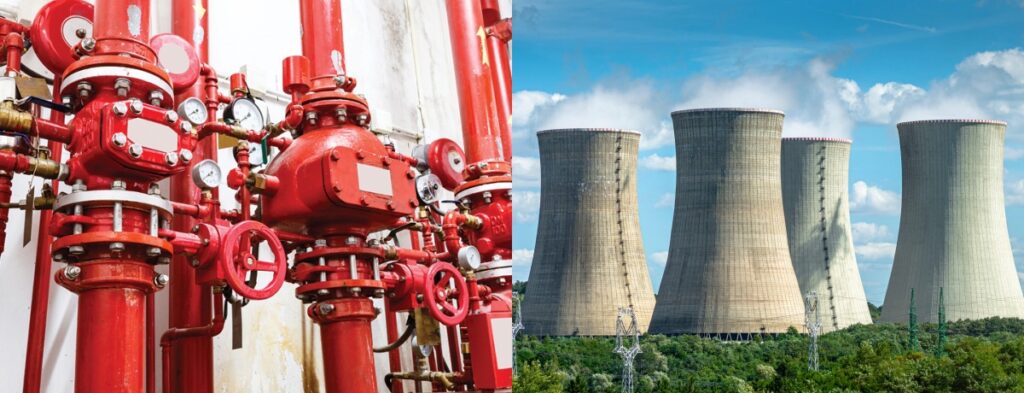
Oil and Gas Platforms
Offshore oil rigs and onshore refineries present extreme conditions including high salinity, explosive atmospheres, and intense mechanical stress. Here, the mineral insulated cable provides unmatched performance. Its metallic sheath is highly resistant to corrosive environments, while its mineral insulation ensures the cable does not contribute to fire propagation, a critical feature in potentially explosive settings.
Rail and Transport Infrastructure
In transportation hubs such as subways, railway stations, and tunnels, mineral insulated cables are used for lighting, power distribution, and emergency systems. These environments often involve crowded spaces where a fire could cause catastrophic damage. Using MI cables greatly enhances the safety of public infrastructure by ensuring that essential systems remain operational even during accidents involving fire or mechanical impact.
Chemical and Industrial Facilities
Factories handling volatile chemicals require wiring that can resist not only fire but also exposure to corrosive substances. Mineral insulated cables, with their stainless-steel options and magnesium oxide insulation, offer chemical resistance that polymer-insulated cables cannot match. For manufacturing plants, laboratories, and chemical processing units, MI cables provide reliable performance even under continuous exposure to harsh environments.
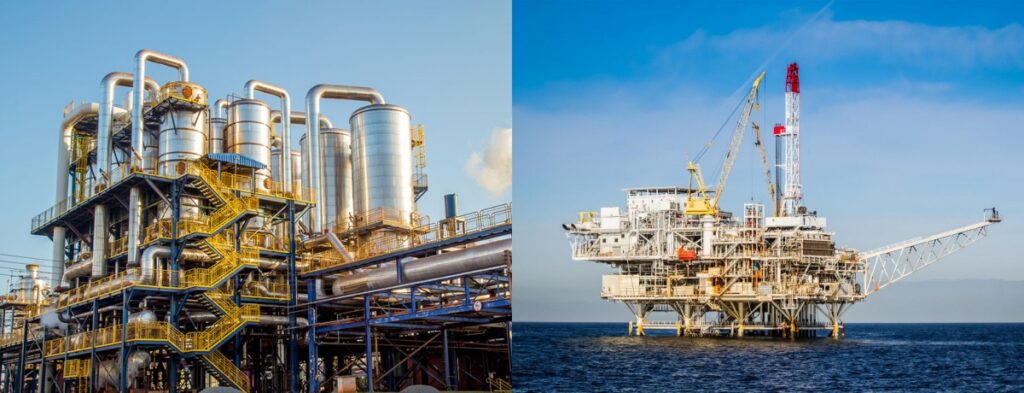
Renewable Energy Projects
Even modern renewable energy installations, such as solar farms and wind turbine systems, are increasingly utilizing mineral insulated cables. These projects often involve exposure to extreme weather conditions, UV radiation, and temperature fluctuations. The robust design of MI cables ensures long-term reliability and reduces maintenance needs, improving the overall efficiency and safety of renewable energy systems.
Key Advantages of Mineral Insulated Cable
To truly appreciate the broad applications of mineral insulated cables, it’s important to understand their major advantages:
Fire Resistance: MI cables can continue to operate even when exposed to fire, making them critical for life safety and emergency systems.
Waterproof and Chemical Resistant: The metal sheath protects the cable from moisture and chemicals, ideal for harsh industrial environments.
High Mechanical Strength: Mineral insulated cables are robust against physical damage, including crushing and vibration.
Long Lifespan: With inorganic insulation and metallic protection, these cables can last decades with minimal degradation.
High Operating Temperatures: Mineral insulated cables can function reliably in environments that would destroy conventional cables.
Radiation Resistance: They maintain integrity under high radiation levels, essential for nuclear facilities.
These advantages combine to make mineral insulated cables a superior choice wherever safety, reliability, and durability are priorities.
Common Misunderstandings About Mineral Insulated Cable
Because mineral insulated cable is often associated with specialized or extreme applications, several misconceptions persist:
“MI cables are only for mining.”
As discussed, mining is just one of many fields where MI cables excel. Their true value is evident in any scenario requiring fire survival, chemical resistance, and mechanical strength.
“They are too expensive for general use.”
While MI cables do have a higher upfront cost compared to standard cables, they often prove more cost-effective in the long term. Their longer service life, reduced maintenance needs, and critical safety features offer significant savings over time.
“Installation is complicated.”
It’s true that MI cables require careful handling and specialized techniques for termination. However, with trained personnel and the right tools, installation can be straightforward. Many modern manufacturers also offer prefabricated MI cable systems to simplify deployment.
“They are only for electrical engineers to worry about.”
In reality, architects, safety consultants, and project managers should all understand the benefits of MI cables when designing safe and resilient infrastructure.
Future of Mineral Insulated Cable
As industries continue to prioritize safety, efficiency, and environmental sustainability, the importance of mineral insulated cable is likely to grow. Advances in materials science are making MI cables even more versatile. For example, new sheath materials like Alloy 825 and specialized stainless steels are expanding the usability of MI cables into even more corrosive and high-temperature environments.
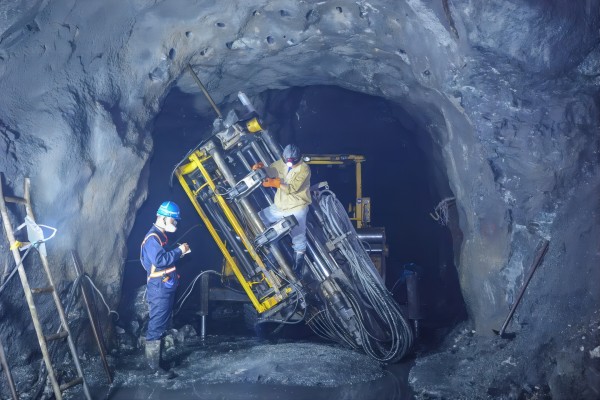
In addition, as cities become smarter and infrastructure becomes more interconnected, ensuring that systems can survive fires, earthquakes, and other disasters will only become more important. Mineral insulated cables will be a cornerstone of resilient, future-ready infrastructure projects worldwide.
Emerging sectors such as space exploration and high-tech manufacturing (such as semiconductor fabs) are also starting to recognize the value of MI cable’s unparalleled properties. In an era where downtime can cost millions and safety failures can cost lives, the demand for cables that simply do not fail is stronger than ever.
More Than Just Mining
So, what is the purpose of mineral insulated cables? The answer goes far beyond mining. MI cables are vital components in systems where failure is not an option. Whether safeguarding people in skyscrapers, ensuring the safe operation of nuclear reactors, or supporting the extraction of renewable energy from the sun and wind, mineral insulated cables prove their worth time and again.
While their initial association with mining reflects their ruggedness and durability, it’s their broader capabilities—fire resistance, chemical resilience, mechanical strength—that make them indispensable across industries. As technology advances and safety standards rise, mineral insulated cables are set to become an even more critical part of our modern world.
For any project where safety, reliability, and longevity are priorities, investing in mineral insulated cable is not just a wise decision—it’s an essential one.